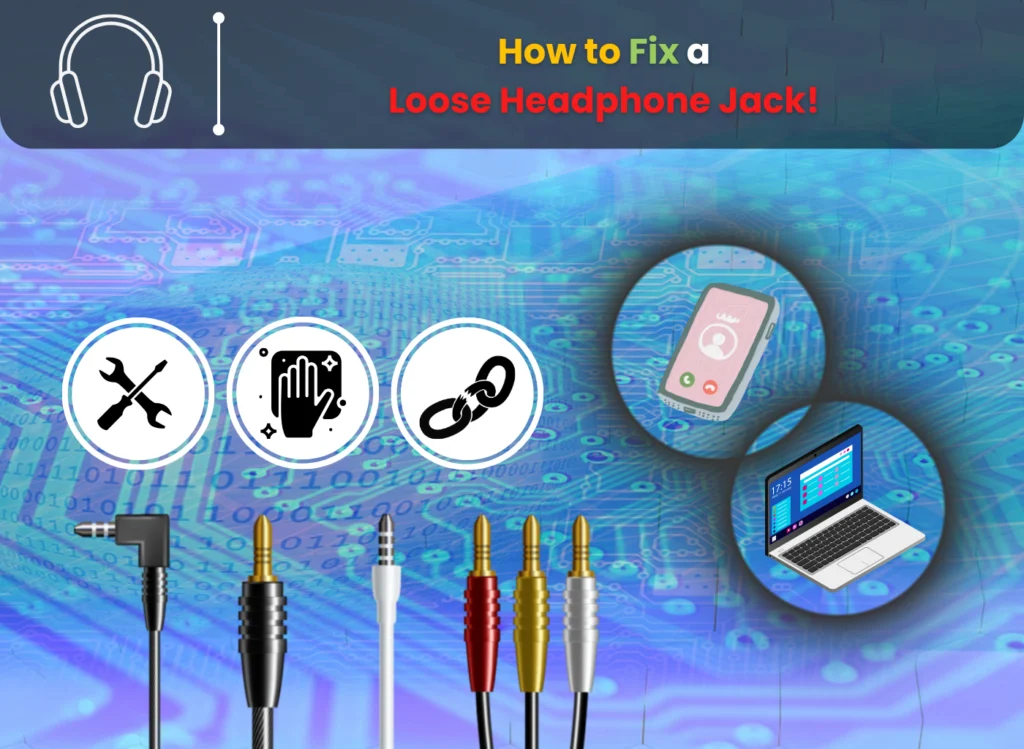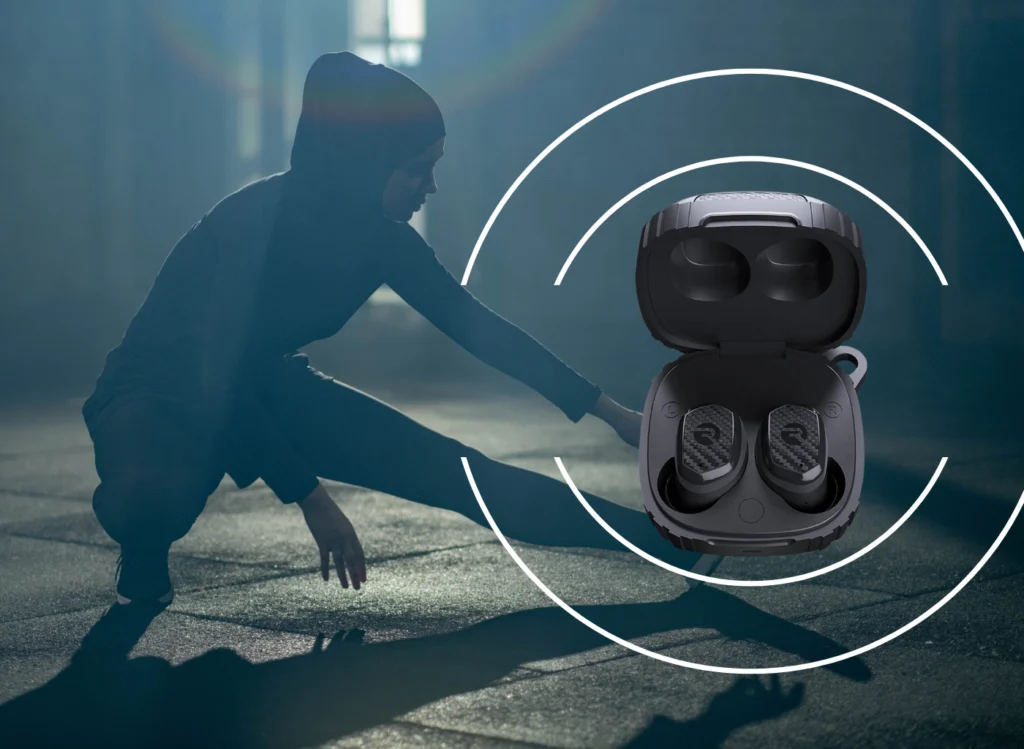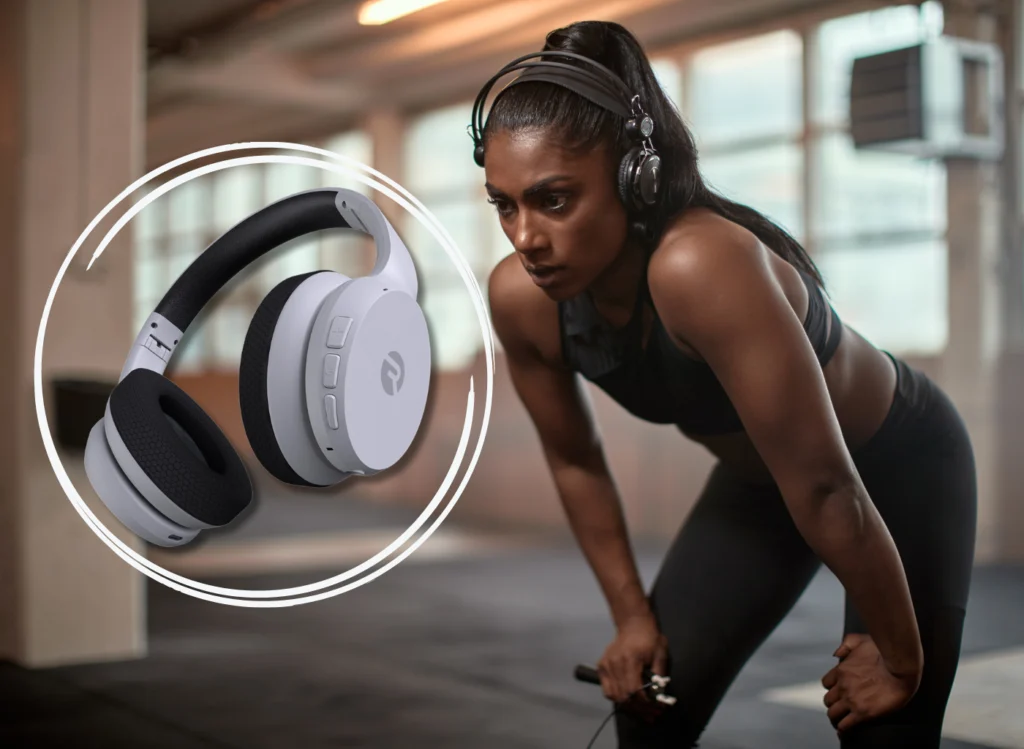How to Fix a Loose Headphone Jack!
Table of Contents
Introduction
Dealing with a loose headphone jack can be a frustrating experience, disrupting the seamless enjoyment of your favorite tunes or hindering productivity when you need focus.
The inconvenience of a malfunctioning headphone jack can be a significant annoyance, especially when professional repair services are not readily available.
In this guide, we’ll explore quick and effective solutions for fixing a loose headphone jack, offering you the chance to regain control over your audio experience without the need for costly repairs.
Understanding the Issue
A loose headphone jack can manifest itself in a variety of ways, ranging from the annoyance of the plug falling out all the time to the introduction of static or stereo problems while playing audio.
These issues can be perplexing, especially if you’re used to plugging in your headphones and enjoying continuous sound.
To better address the issue, it’s necessary to check the challenges of headphone jacks and plugs.
What’s Causing the Loose Headphone Jack?
Before attempting any repairs, it is important to accurately diagnose the issue. Here are some simple methods to identify the common causes of a loose headphone jack:
1. Plug the Headphones into Another Device:
The initial test involves inserting the headphones into a different jack. If the plug still does not fit, the problem may not be with the headphone jack but with the headphones themselves.
In such cases, considering a new pair of headphones might be a more viable solution.
2. Check for Size Differences:
Factory defects and wear and tear due to extended use can cause subtle size changes that affect how the plug fits inside the jack. It’s also possible that the audio jack itself has sustained damage due to misuse.
3. Check for Dust or Debris:
Dust, dirt, or lint may build up inside the headphone jack, stopping the plug from properly clicking in. Use a flashlight to inspect the jack for debris.
4. Inspect for Signs of Corrosion:
Corrosion of the headphone plug or jack can cause size changes. Moisture is a common cause of corrosion. If the plug or jack is rusted or discolored, it is most likely corroded.
In such cases, it may be time to replace the headphones or thoroughly clean the headphone jack.
5. Make Sure the Device’s Case Isn’t Getting in the Way:
Thick phone cases or those that do not fit snugly with the phone model may prevent the headphone plug from fully inserted into the port. To determine whether this is the issue, try removing the phone case before inserting the headphone plug.
6. See If the Headphone Plug Is Still Straight:
The headphone plug may not fit the jack properly if it has a small bend in it. If so, have a look at our other guide on how to straighten a bent headphone plug.
Know about the Can Headphones Dent Your Head? – Easy Guide!
Quick Fixes
1. Cleaning the Headphone Jack
If you observe debris in the headphone jack, there’s hope for a straightforward solution.
- Utilize a paper clip with double-sided tape, carefully inserting the sticky end into the jack.
- Press the clip tightly to the bottom and twist, allowing the tape to pick up debris.
- Alternatively, a toothpick or a 1/16-inch drill bit can be used for this purpose.
- If debris persists, consider compressed air to blow away particles.
- For corrosion, an interdental toothbrush dipped in 70% isopropyl alcohol can be employed, ensuring a thorough cleaning of the jack.
2. Adjusting the Headphone Plug
- A thin strip of aluminum can be wrapped around the base of the headphone plug and adjusted in thickness to ensure a snug fit into the audio jack as a temporary fix for a loose headphone jack.
- Even though there may be instant relief from this solution, it’s important to recognize that it’s only temporary.
For a more permanent fix, contemplating a new pair of headphones may be necessary, especially if the plug is consistently smaller than the jack.
3. Repairing the Headphone Jack
If the do-it-yourself solutions don’t work, costly repairs might be needed. It’s important to proceed with caution, though, as opening the device could revoke the warranty and possibly cause irreversible damage.
If the device is still covered by warranty, you should get professional help. DIY repairs should only be pursued by individuals confident in their skills, understanding the associated risks and potential consequences.
Video tutorials are available for those willing to undertake advanced repairs, but the responsibility for any damages incurred rests solely on the individual.
Conclusion
A functional headphone jack is paramount for a seamless audio experience, whether for work or leisure. You can take care of a loose headphone jack quickly, saving money and regaining the joy of continuous sound by using the suggested fixes. Please feel free to share your thoughts and experiences in the section below.
Also, if you want to know Can Headphones Dent Your Head? – Easy Guide! please read my article here!
Frequently Asked Questions
The plug may not be fitting properly due to size differences, dust, debris, or even a bent plug. Diagnose the issue by trying the headphones on another device and checking for physical abnormalities.
Yes, compressed air can help blow away debris, making it easier to resolve connection issues. Ensure your device is turned off, and use short bursts of air to avoid causing damage.
Corrosion, often caused by exposure to moisture, can lead to size changes in the headphone plug or jack. Check for signs of rust or discoloration, and consider cleaning or replacing affected components.
If the headphone plug doesn’t fully insert into the port, your phone case might be too thick or ill-fitting. Try removing the case and reinserting the plug to see if it resolves the problem.
While DIY fixes are possible, they come with risks of voiding warranties or causing further damage. Consider professional assistance, especially if your device is under warranty. Only attempt repairs if you’re confident in your skills.





